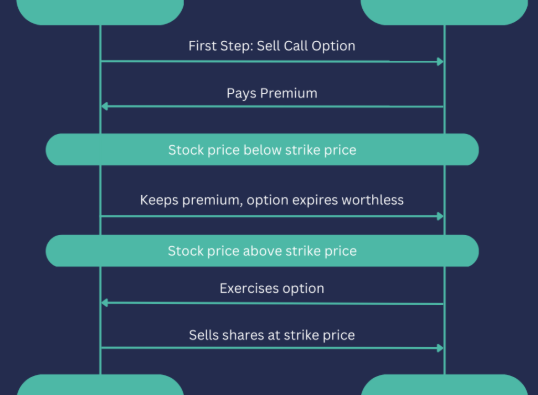
Value investing has long been considered a reliable strategy for building wealth through careful stock selection and long-term thinking. Traditionally grounded in the analysis of fundamentals like earnings, assets, and cash flow, this method aims to uncover undervalued businesses with promising futures. Yet, as investor behavior increasingly shapes market trends, another dimension has emerged—behavioral finance. By understanding how psychological tendencies affect financial decisions, value investors can improve their strategies and avoid common pitfalls.
The Intersection of Psychology and Investing
Behavioral finance focuses on the human side of investing. It examines how emotions, mental shortcuts, and cognitive biases influence the decisions people make with money. While traditional economic models assume rational behavior, real-world markets often tell a different story. Investors are not always logical; they may let fear, optimism, or past experiences shape their choices—often to their detriment.
Recognizing this, value investors have started incorporating behavioral insights into their analysis. Understanding what drives irrational behavior can be just as valuable as identifying solid financial metrics.
How Biases Skew Investment Decisions
One major challenge investors face is the tendency to rely on readily available information, known as the availability heuristic. When investors place too much emphasis on recent headlines or personal anecdotes, they may overlook critical data. For example, a stock mentioned repeatedly in the news might seem like a great buy—even if its fundamentals suggest otherwise.
Another issue is emotional decision-making. When markets surge, greed can lead to overconfidence and careless investing. Conversely, fear during downturns often prompts hasty sell-offs, even when companies remain fundamentally sound. This kind of reactive behavior can significantly impact long-term performance.
Understanding Common Investor Biases
Several recurring biases tend to influence decision-making in the investment world:
- Confirmation Bias: The tendency to seek out data that supports one’s beliefs while ignoring contrary evidence. This can lead investors to stick with poor investments simply because they’ve convinced themselves they’re right.
- Anchoring: Relying too heavily on a specific reference point—like a stock’s previous price—even when market conditions have changed.
- Loss Aversion: Investors often feel the pain of loss more strongly than the pleasure of gains. This emotional response can result in avoiding risk altogether or selling valuable assets too early.
Value investing attempts to neutralize these biases by prioritizing objective analysis over emotional reactions. By focusing on intrinsic value—the true worth of a company based on its assets, cash flows, and earnings—investors can make more rational decisions even when the market behaves unpredictably.
Building Discipline Through Value Investing
One of the strengths of value investing is its methodical nature. Investors look beyond market hype and instead concentrate on long-term value. This requires a structured approach to valuation, using tools like discounted cash flow analysis or earnings multiples to estimate a company’s real worth. By grounding decisions in data rather than emotion, value investors can remain focused on their strategy even during volatile periods.
Staying disciplined isn’t always easy, especially when short-term market movements tempt investors to abandon their plans. Overcoming this requires regular reevaluation of one’s assumptions, openness to new information, and a commitment to sticking with sound investments through ups and downs.
Learning from Real-World Success
Warren Buffett’s approach to value investing offers a compelling case study. During times of crisis—such as the 2008 financial meltdown—Buffett maintained his composure while others panicked. Rather than selling, he invested in fundamentally strong businesses trading below their intrinsic value. His ability to stay rational amid widespread fear highlights how understanding investor psychology can lead to better outcomes.
Buffett also exemplifies the importance of resisting herd mentality. When everyone is rushing to buy or sell, value investors who keep their heads often find the best opportunities.
Practical Tips for Navigating Biases
To apply behavioral insights to value investing effectively, consider the following:
- Be aware of your emotional triggers: Understand how fear and excitement affect your decisions and create strategies to counteract them.
- Seek opposing viewpoints: Actively look for information that challenges your assumptions. This broadens perspective and reduces confirmation bias.
- Avoid overreacting to market noise: Focus on long-term goals and fundamentals rather than day-to-day price changes.
- Review and update your valuations: New information can shift a company’s outlook. Stay flexible and willing to revise your analysis.
Final Thoughts
Behavioral finance offers valuable lessons for modern investors. When combined with the disciplined framework of value investing, it provides a powerful toolset for navigating today’s unpredictable markets. By understanding how emotions and biases influence decisions, investors can reduce costly mistakes and stick to rational, evidence-based strategies.
The best value investors recognize that markets are driven not just by numbers, but by people—and people don’t always act rationally. Those who master both the analytical and psychological sides of investing will be best positioned for long-term success.









